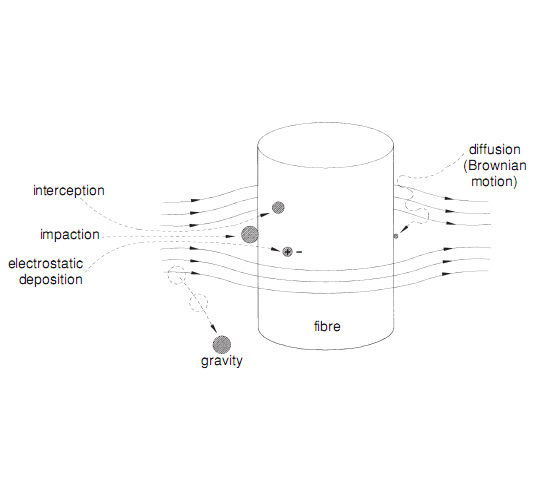- Introduction
The separation of solids from liquids or gases by textile filter media is an essential part of countless industrial processes, contributing to purity of product, savings in energy, and improvements in process efficiency, recovery of precious materials and general improvements in pollution control. In fulfilling their tasks, the media may be expected to operate for quite lengthy periods, frequently in the most arduous of physical and chemical conditions. As performance is crucial to the success of an operation, fabric failure during use could result in heavy penalties, for example, owing to loss of product, maintenance and lost production costs and possibly environmental pollution costs.
The final products of processes which involve filtration by textile filter media may ultimately find their way into our everyday lives, some examples being edible products such as sugar, flour, oils, fats, margarine, beer and spirits, and other products such as dyestuffs and pigments (as used in clothing, furnishings and paints), viscose rayon fibers and films, nickel, zinc, copper, aluminium, coal, cement, ceramics, soaps, detergents, fertilizers and many more. In addition to assisting in the refinement of products for our general everyday use, textile filter media are also engaged in the purification of both industrial and domestic effluents, thereby contributing to a cleaner environment. The purpose of this paper is to provide the reader with a general introduction to the more common types of solid–gas (dust collection) and solid–liquid textile filtration mechanisms, the raw materials, polymers, fibres and different types of fabric construction which is employed in media manufacture and some typical fabric finishing processes.
Read more: Textiles in Filtration: Industrial Standards and Application for Dust Collection Systems










